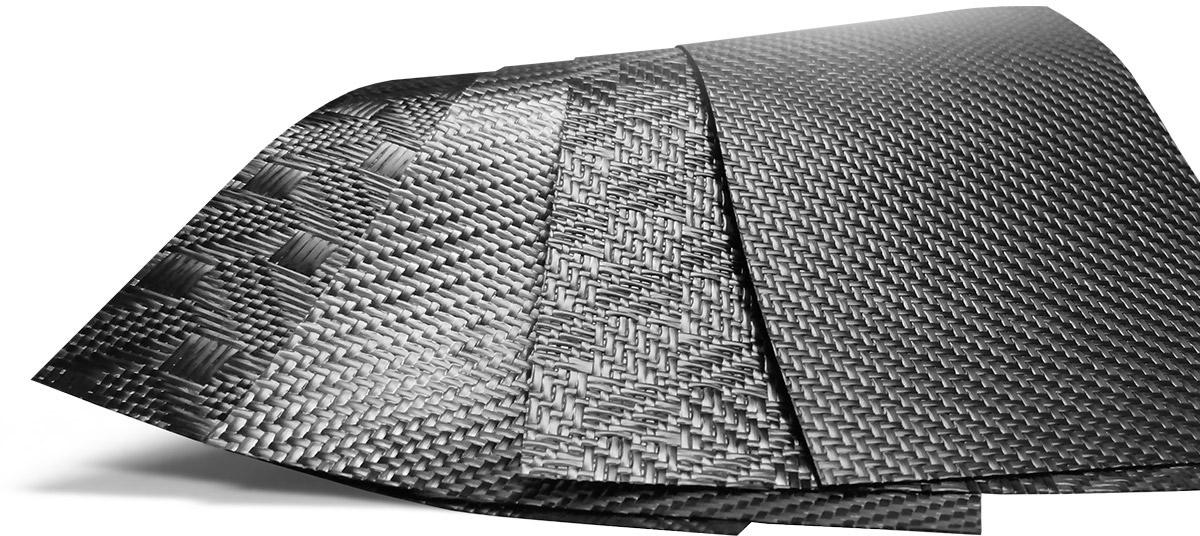Amorphous carbon compounds are processed at high temperatures to create Synthetic Graphite, an artificial substance. There are many different kinds of amorphous carbon that are used as natural or artificial organic materials, coal, petroleum, and other sources, as precursors to graphite. An example of a carbon mineral utilised in a variety of applications is electrical vehicles, refractories, foundries, lubricants, and construction.
Due to its numerous benefits, including reduced wear, ease of machining, resistance to thermal shock, high metal removal rate, and others, graphite is being used more and more in the aforementioned industries. Synthetic Graphite is a non-metal, although it has metallic qualities including high stiffness and strength, as well as being an excellent conductor of electricity and heat. Graphite comes in two different varieties: natural graphite and synthetic graphite.



